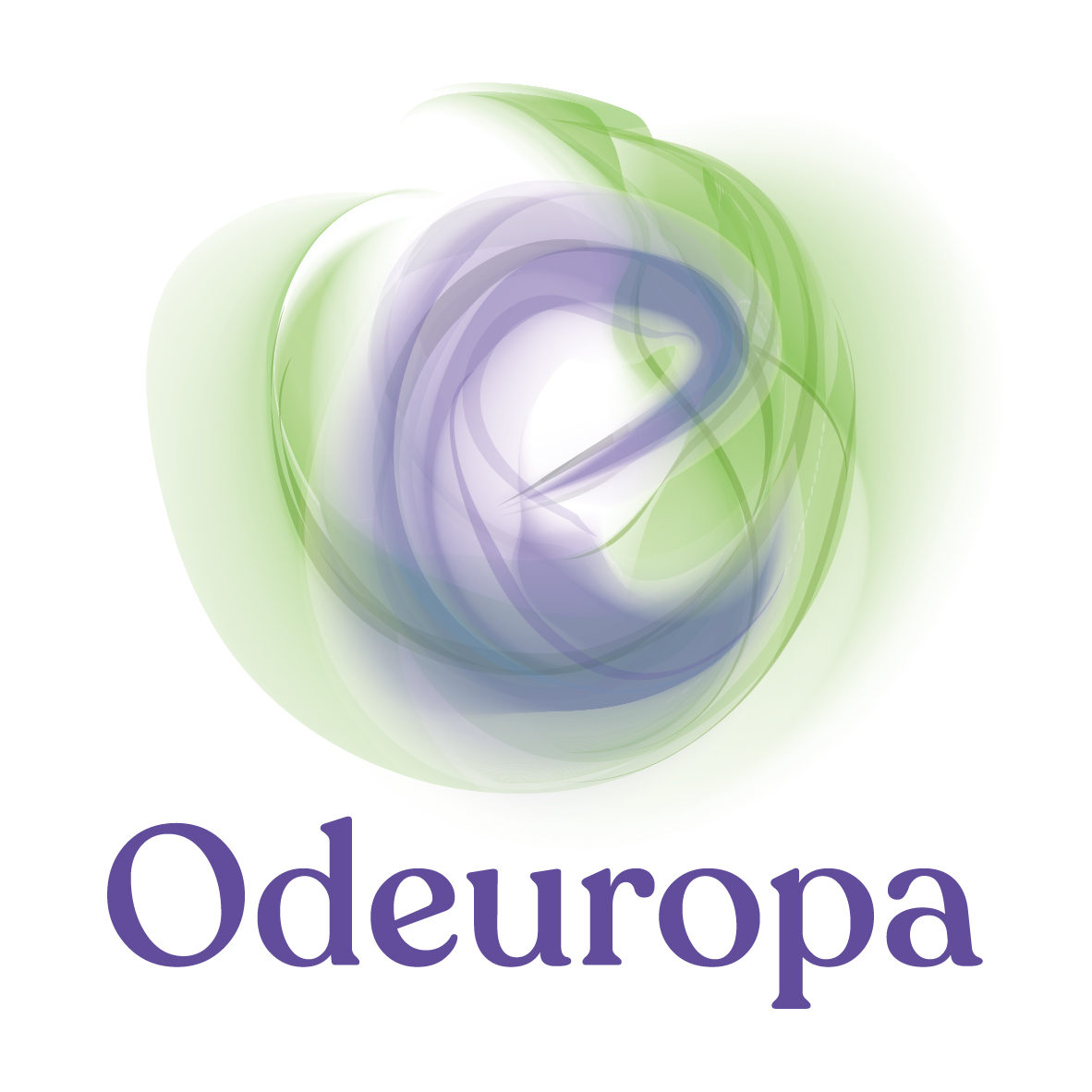The formal objectives of the Odeuropa project described in our our mission and methodology can be distilled into five key points:
- Develop methods for identifying and tracing olfactory references in large-scale, digital image and text collections, across multiple European regions and languages from the 17th to the early 20th century.
- Create digital and multi-sensory resources to allow different stakeholders and audiences to freely access and interact with the project’s data and storylines.
- Define and promote measurable standards and best practices for olfactory heritage science.
- Educate and train cultural heritage professionals in the use of olfactory heritage strategies.
- Develop policy recommendations for cultural heritage brokers, NGOs, and decision makers to help preserve and safeguard our past and future olfactory heritage.
To help describe how we will accomplish this, we have prepared a summary timeline which lists our main events and deliverables over the three year period of the project.
Project Timeline (2021 – 2023)
2021: January-June
Launch Odeuropa website. Set-up the Odeuropa network. Prepare olfactory taxonomies and vocabularies for historical images and texts. Identify initial smell narratives and olfactory biases. First olfactory workshop for GLAMs, “How can we enhance heritage impact through sensory storytelling?” (May 20; Amsterdam).
2021: July-December
Olfactory metadata, images & texts collected. First versions of image and text analysis systems, drawing on enriched data linked through olfactory annotations are queryable via an olfactory knowledge graph (EOKG). Evidence-based recommendations for the safe use of odours in heritage spaces. Second olfactory workshop for GLAMs, “How can we work with malodours in heritage context?” (December; Berlin).
2022: January-June
Public olfactory event, “Follow your Nose” (February; Ulm). Overview of academic and museological state of the art in olfactory storytelling and first drafts of storylines for the “Online Encyclopaedia of Smell Heritage”. Public olfactory event, “Sensory storytelling to enhance cultural & climate awareness” (August; Amsterdam).
2022: July-December
Structured data, images, and texts collected, second versions of image and text analysis systems, enriched data linked through olfactory annotations and queryable via the olfactory knowledge graph. Hackathon/Workshop & public olfactory event and demonstrator applications, (November, Ljubljana). PastScent Conference (August; Amsterdam).
2023: January-June
Diachronic analyses of olfactory imagery, language, storylines across different cultures via the olfactory knowledge graph which also provides data and content to the “Online Encyclopaedia of Smell Heritage”.
2023: July-December
Dissemination of sensory storytelling to GLAMs and policy makers, communication of results to scholars and wider audiences. Presentation of ‘Olfactory Storytelling Toolkit’ to GLAMS and policy papers to cultural heritage policy makers. Release of demonstrators for image retrieval and visualisation and for text-based access to olfactory information. Final conference and ‘smell fair’ (November; Amsterdam).
